Affiliate links on Android Authority may earn us a commission. Learn more.
How to control your PC from Android, in 7 minutes
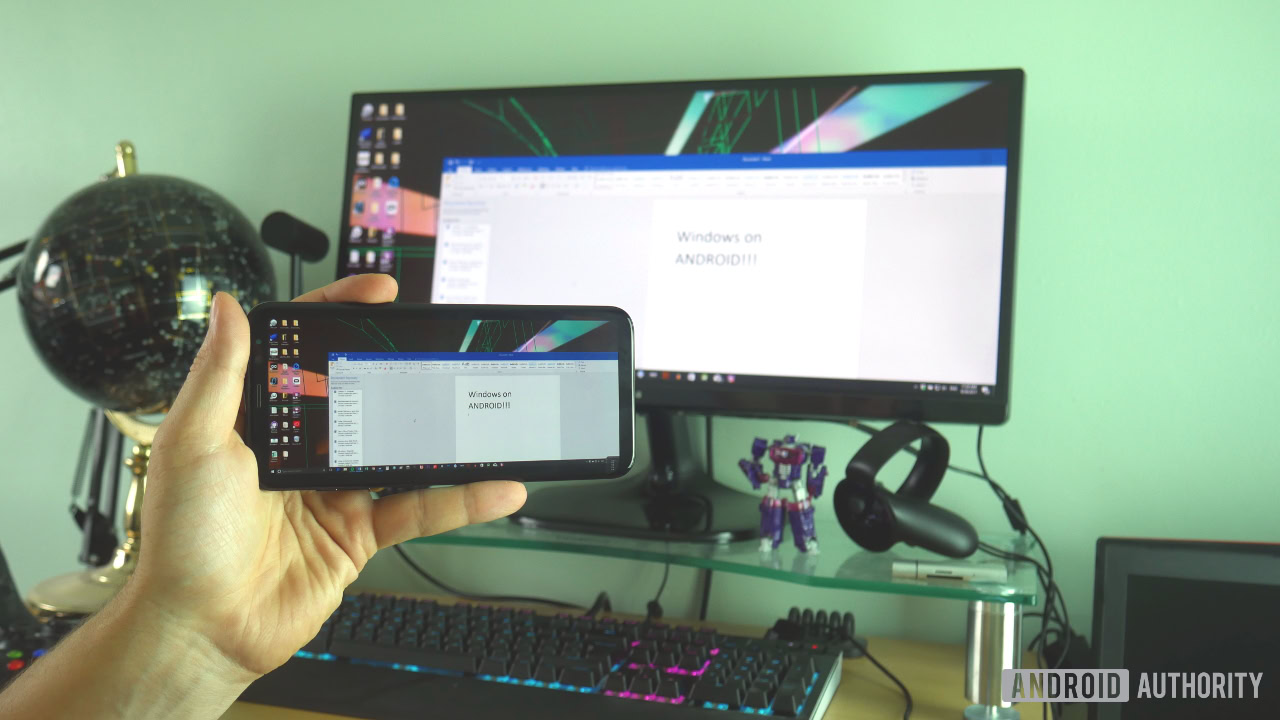
My gaming PC is a beast of a machine. It’s an MSI GT72VR 6RE; a gaming laptop with a GTX 1070 that is more than capable of breezing through the latest games on ultra-settings and editing 4K video. It’s got over 1 TB of storage, and I keep all my movies and pictures on it. I love it.
The problem is, it’s upstairs and I’m in bed.
I bought a gaming laptop because it’s portable, but it is heavy, and there are a lot of wires to plug and unplug every time I move it.
Yes, I’m that lazy.
Fortunately, technology is all about finding creative ways to be lazy. So, what if we could control our desktop PCs from our phones?
Technology is all about finding creative ways to be lazy
Turns out you can! In fact, you can do some pretty neat stuff this way and it’s quick to set up. In just seven minutes, I’ll show you how to wake your computer from sleep, move files, and even play Steam games from wherever you are in the world… even when you’re not on your home network!
How to mirror your desktop on Android
There are a few tools that let you mirror your desktop on a phone, but I’d recommend Splashtop.
To begin, you’ll want to download Splashtop 2 Remote to your Android device. Then, on your PC, navigate your browser to www.splashtop.com and find the Streamer download for your operating system.
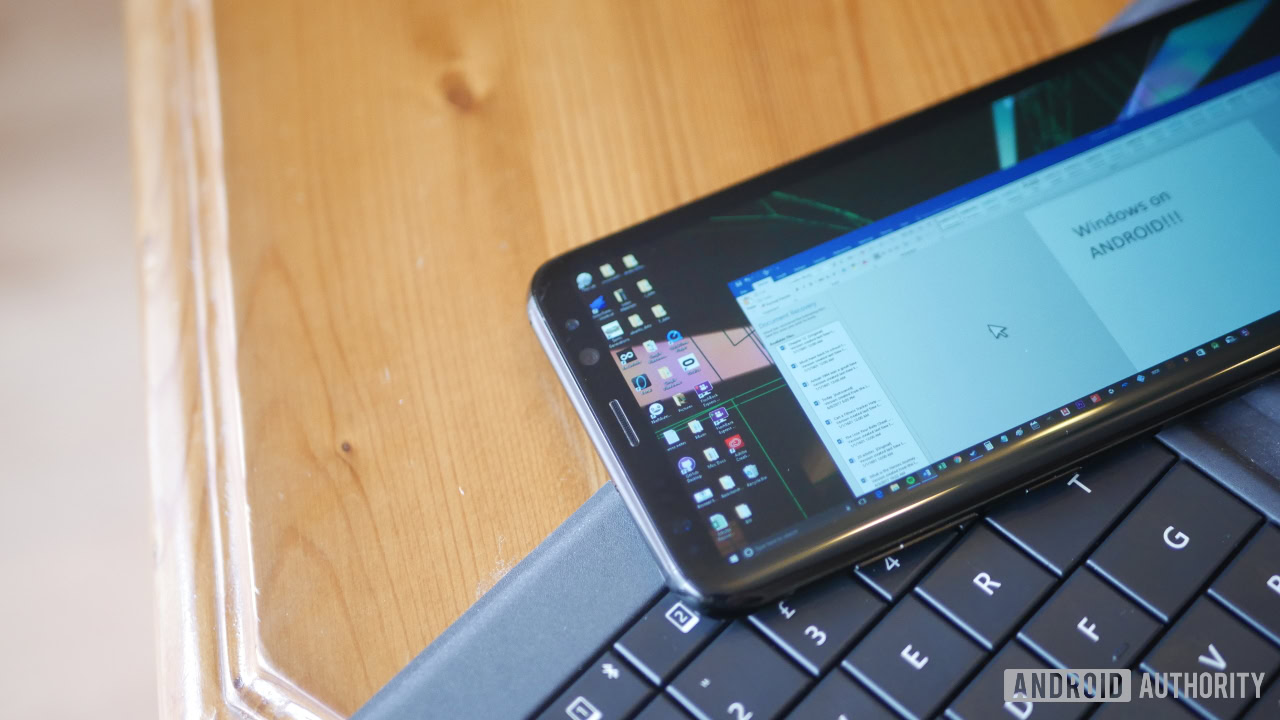
You’ll need to create an account, which is easy enough, and you’ll also need to authenticate each device you want to use on the service. The basic membership is free for personal use, but if you want to access your devices from different networks you’ll need the pro version (which is still very affordable).
With that out of the way, you’re free to log in and start streaming your computer to your phone. You can tap the screen to left click and pinch to zoom in and out. With a mouse and keyboard, this could be sufficient for doing a little work or moving the odd file. I’ve tried video editing on my GPD Pocket and it wasn’t ideal, though it did technically work. Also welcome is the ability to stream straight from the camera for a little fun spying.
How to stream Steam games on Android
Unfortunately, Splashtop isn’t ideal for gaming. The streaming is not quite quick enough and the input options aren’t particularly comprehensive.
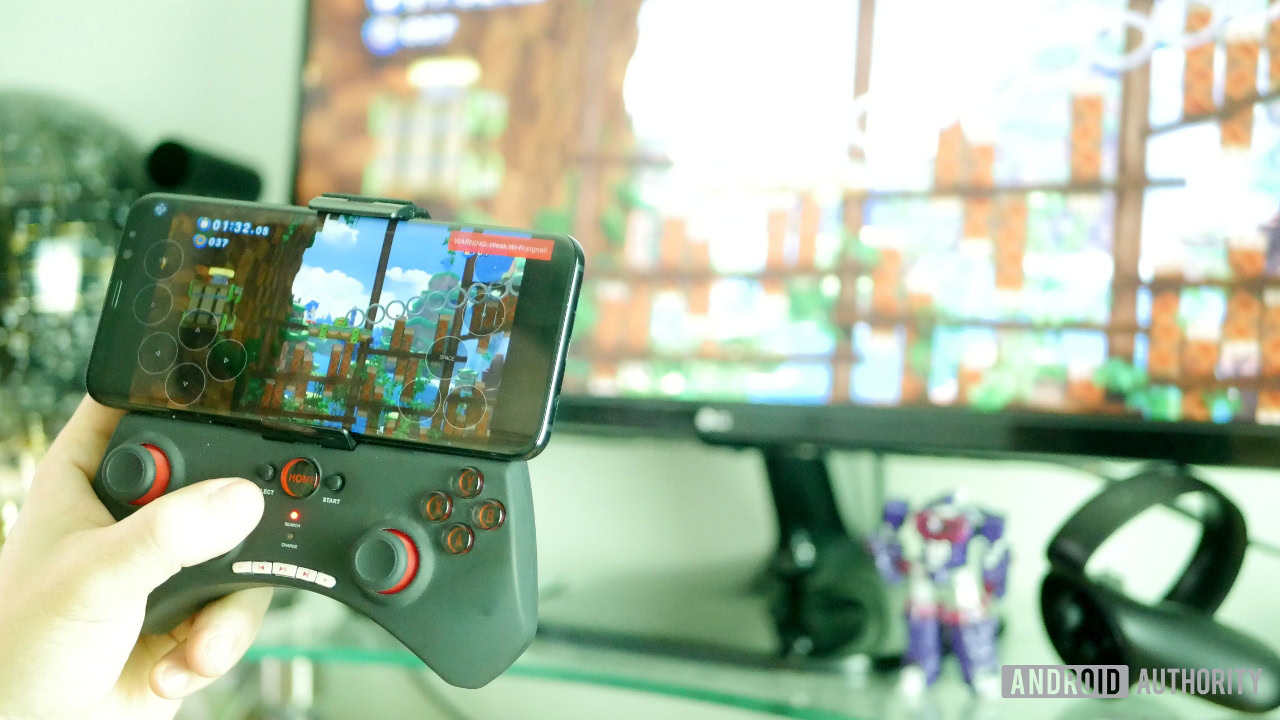
What is great for games is Remotr. If you have Steam installed on your PC, then Remotr is basically In-Home Streaming for Android. Again, you just need to install the Remotr client on your phone from the Play Store and then grab the streamer for your PC.
The free version of Remotr is ad supported, but you only see these when you load each game. There are on-screen controls to make life a little easier however, and streaming is fairly quick on a good connection.
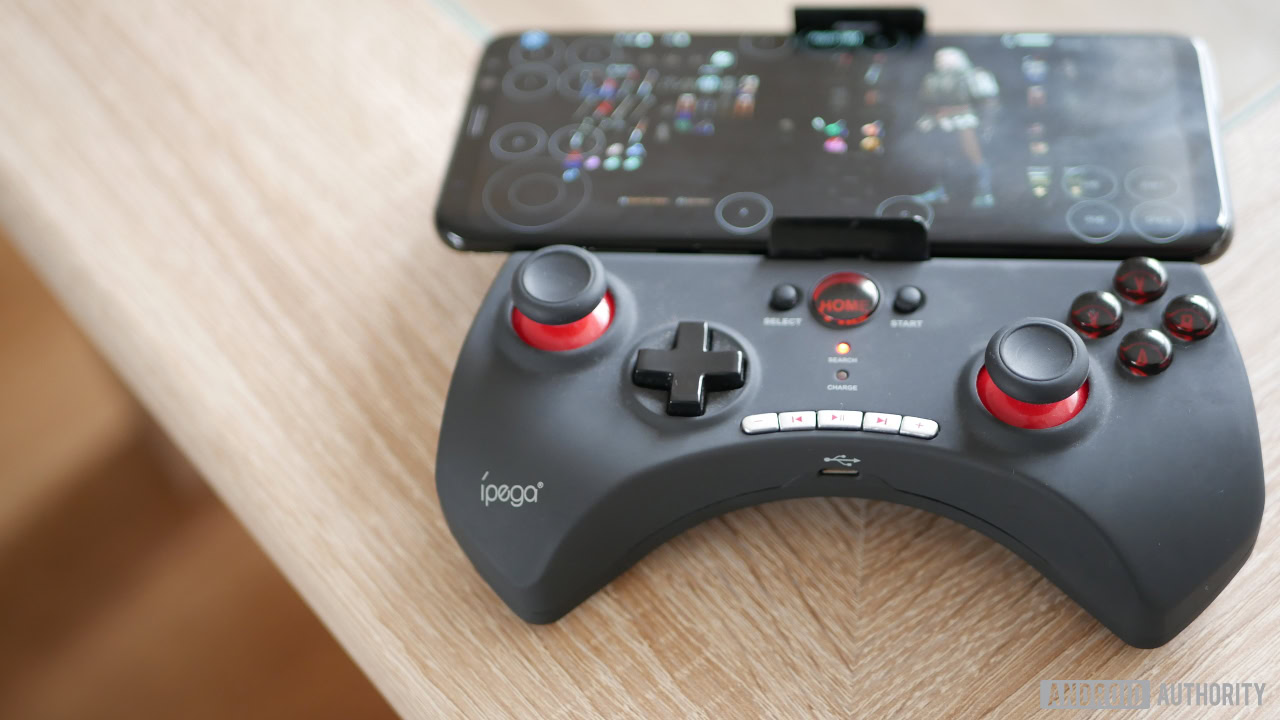
Grab yourself a Bluetooth controller and you’re golden for a bit of Witcher 3 wherever you may be. Once again, there is a free version and a paid version which removes ads.
How to control media on your PC with an Android device
But what about media controls? If you’re downstairs enjoying some Netflix and chill while your PC casts to your TV, you may find yourself wanting to pause for a cup of tea. You shouldn’t have to go all the way upstairs!
Instead, you can try another app called Unified Remote. This is a remote control for your PC that lets you play, pause, stop, skip, and rewind media playback. It has a bunch of other features too, such as letting you use your device like a trackpad to control the mouse, or letting you manage files.
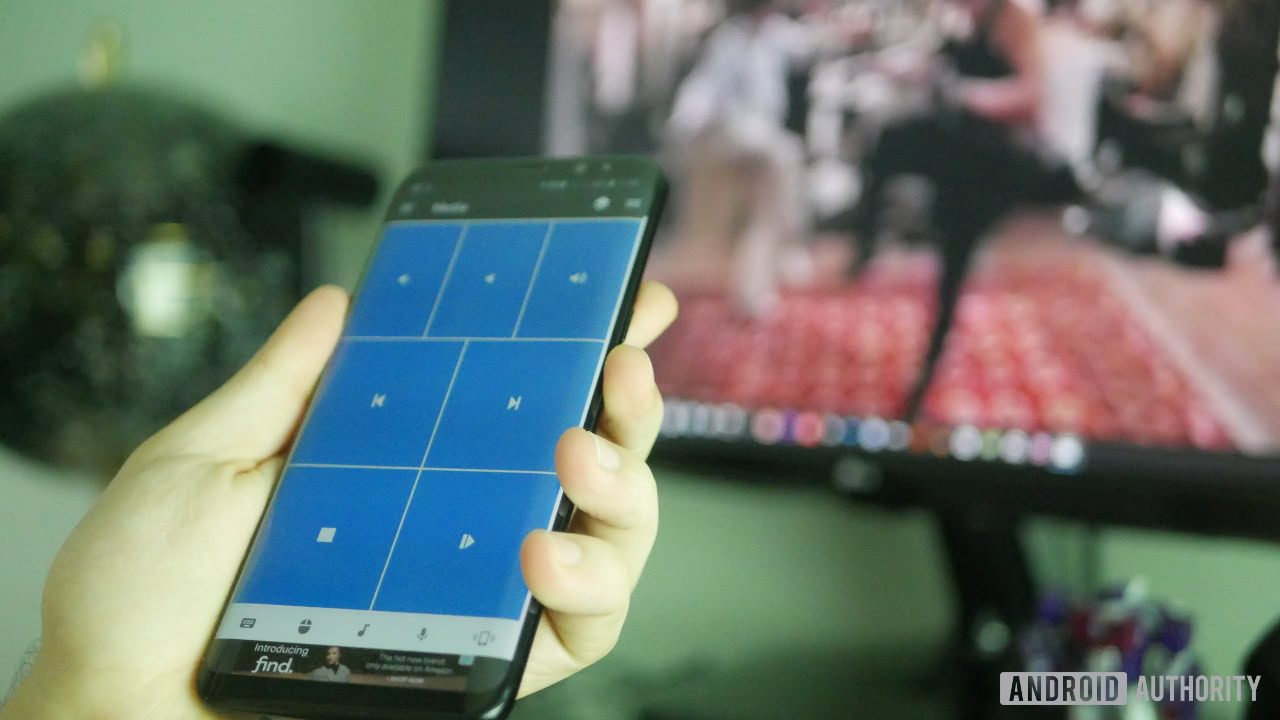
Setting it up is pretty simple. In fact, it’s essentially the same process as it was for Splashtop 2 Remote and Remotr. Just dive into the Play Store to grab the app and then download the server app for your PC here. With both installed, as long as you’re connected to the same network, you’ll be able to easily control your PC from anywhere in the house. This comes in handy for me when I’m using Steam Link to play games on the TV and I need to close a dialog box that pops up.
Once again, there is a free version and a paid version which adds more features.
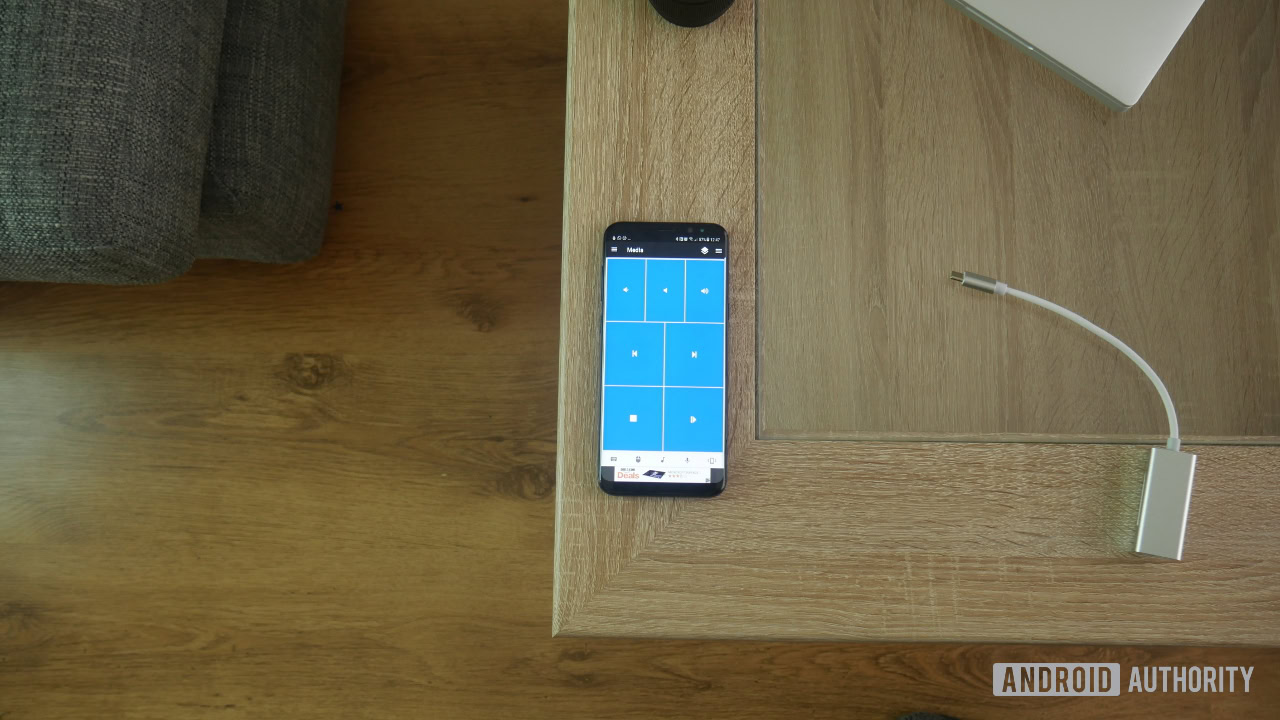
Now, let me show you my magic packet.
How to use Wake-on-LAN with an Android device
This setup isn’t perfectly lazy quite yet. We still need to actually get up and head over to the computer in order to get this all going. That is just not okay.
That’s where Wake-on-LAN (or WoL) comes in. Wake-on-LAN will allow you to send a ‘magic packet’ that will wake your PC from low power mode.
Wake-on-lan will allow you to send a ‘magic packet’ that will wake your PC from low power mode.
For this to work, you’ll need the right motherboard and network card. Fortunately, most modern PCs will support this just fine. The motherboard needs to be hooked up with an ATX-compatible power supply and you’ll also need to be plugged into an Ethernet adapter. Don’t worry if your PC isn’t located close to your router though, you can always use a powerline adapter, which allows you to turn any power socket into an Ethernet connection, giving you wired internet from any room in the house.
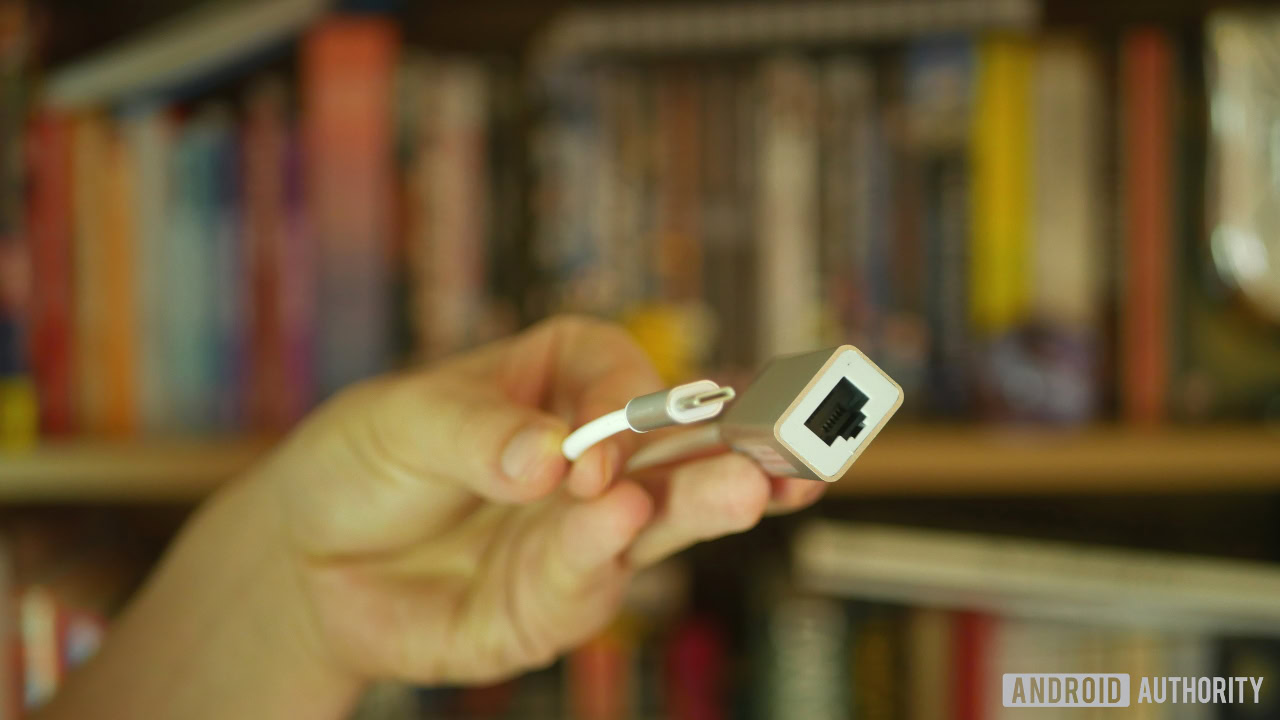
In fact, if you want to enjoy even speedier performance, you can even get an Ethernet to USB Type-C adapter for your mobile device and that way benefit from the improved stability and performance that comes from having a completely wired connection. Ideal for seamless Sonic Generations in bed!
Set up Wake-on-LAN via the BIOS. When your computer starts booting up, follow the prompts on the screen to jump in. Often this means tapping delete, escape or F1. From there, look around the options and if you have something akin to Power Management or Advanced Options, you might find the option to enable WoL.
Next you’ll need to get permission from Windows. To do this, open up the Device Manager and then expand the Network adapters section. Right click on your network card and choose properties > advanced. Scroll down the list of options and enable Wake on Magic Packet.

Finally, click Power Management and then enable Allow this device to wake the computer and Only allow a magic packet to wake the computer.
Now you’ll never need to stand up again!
Now just install any Wake-on-LAN app on your Android device and you should be able to wake your computer from anywhere in the house as long as you’re on the same network. I’m using “Wake on Lan” from Mike Webb. This app makes it particularly easy by showing you all the devices on your network with no need for you to manually enter any of the details.
Once Wake-on-LAN is set up, you’ll find a bunch of other software and hardware can also take advantage of it, including Steam Link and Splashtop. Now you’ll never need to stand up again!
Note: Enabling WoL means a small amount of power will be fed to the network card, so you might want to turn this off if you’re carrying your laptop around and worrying about battery usage.
How to set up WAN WoL to wake your computer from a remote network
Some of you might be wondering if there is any way to get this to work from a remote network. Surely it would be even cooler to boot your computer up from a coffee shop or on the train and enjoy a little GTA IV on the go? Or more realistically, You want to retrieve a file you left at home or just show off your tech-nerdery to friends..
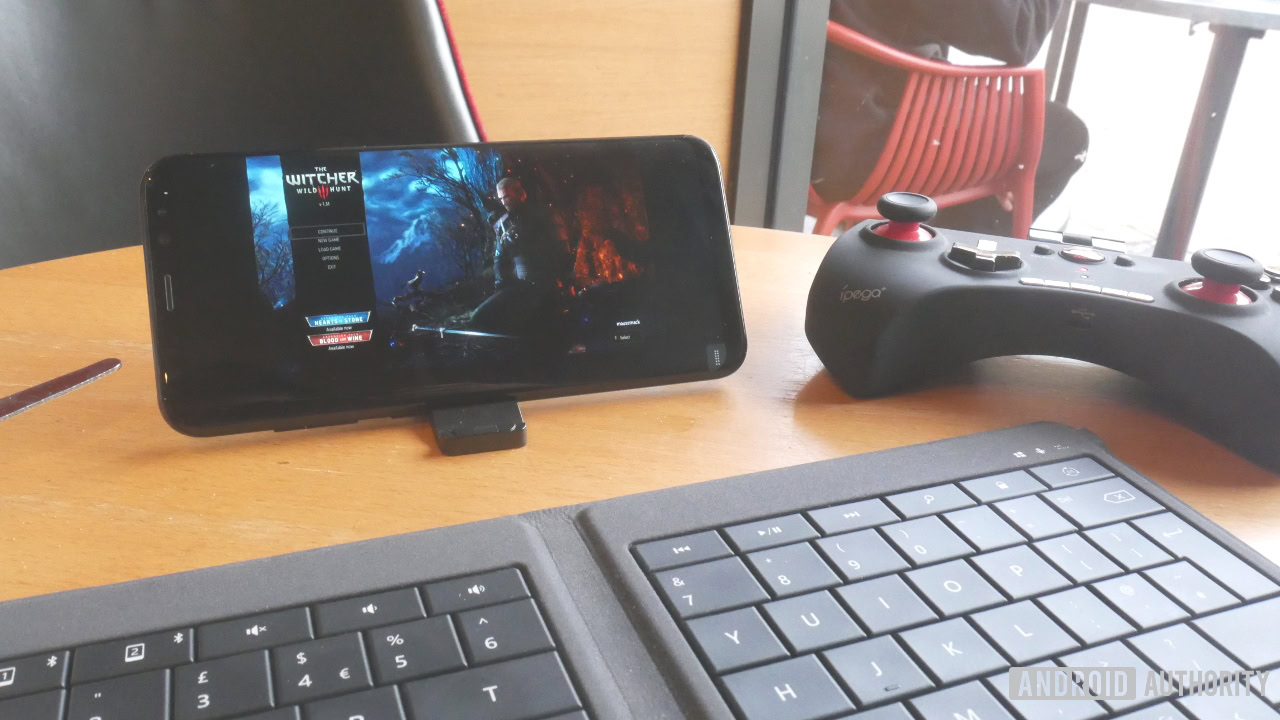
Of course this is possible!
Your router basically functions as a kind of conduit between your home network and the rest of the web. Our personal devices have private IP addresses within the home network, but the router has a ‘public address’ that we can access from anywhere. Port forwarding allows us to send a message to the public IP that the router will then pass on to the correct device we want to wake up.
ort forwarding allows us to send a message to the public IP that the router will then pass on to the correct device we want to wake up.
For this to work, we first need to set our PC a static IP. Normally, something called DHCP (dynamic host configuration protocol) moves the IP addresses around on a network. This is just fine most of the time, but it’s not very helpful when we’re trying to communicate with a specific device because it means we’ll struggle to find it.
Now, access the advanced settings for your router. Normally, you’ll do this by typing an address into your browser and then using a password given to you by your ISP. If you’ve lost that, as many do, then you might want to give them a ring.

Once you’re in, look for the DHCP section, which may be categorized under ‘advanced settings’ or something similar. Now find your PC among the listed devices, select it and then choose ‘add new reserve rule’ (or whatever the equivalent is for your setup). You should now see that your device has a static IP and MAC address, which you should note down for later.
Next, find the ‘Port Forwarding’ option, which may be under ‘security’. Find the option to add a new rule and then input the following:
- The static IP of your target device where it says IP
- ‘9’ for all of the ports
- ‘Both’ for protocol
- And then ‘enable’
Now, when we send our Wake-on-LAN request, the router will forward this on to the newly static IP and that magic packet will wake the computer!
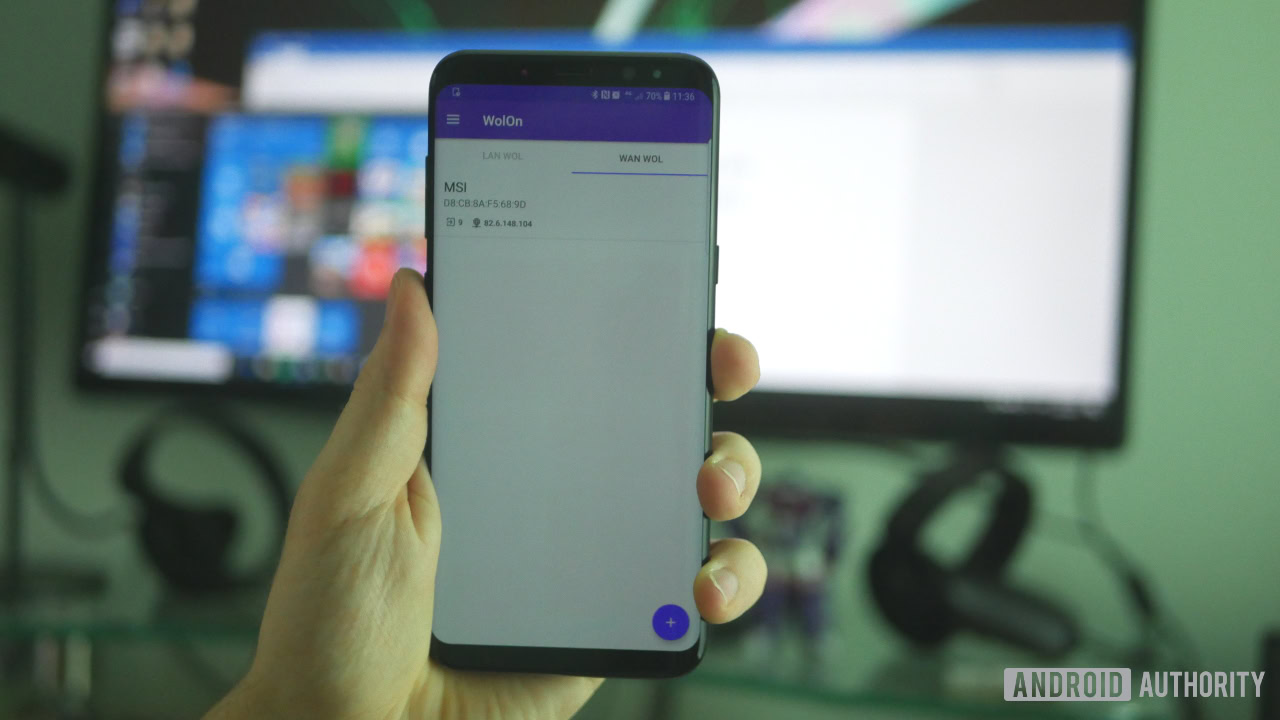
All that’s left to do is to find an app that supports ‘WAN WoL’ (wide area network WoL). I’m using one called WolOn. Click the ‘plus’ button to add a device and then enter the following:
- A name for the computer for your own reference
- The MAC address that you noted down earlier
- Your router’s IP
- 9 for the port
If you don’t know your public IP address, then just Google ‘what is my IP’ and it should be the first thing that comes up. If you couldn’t find your MAC address and IP earlier, then another way to do this is to open up a command prompt on the host computer and then type ipconfig /all.
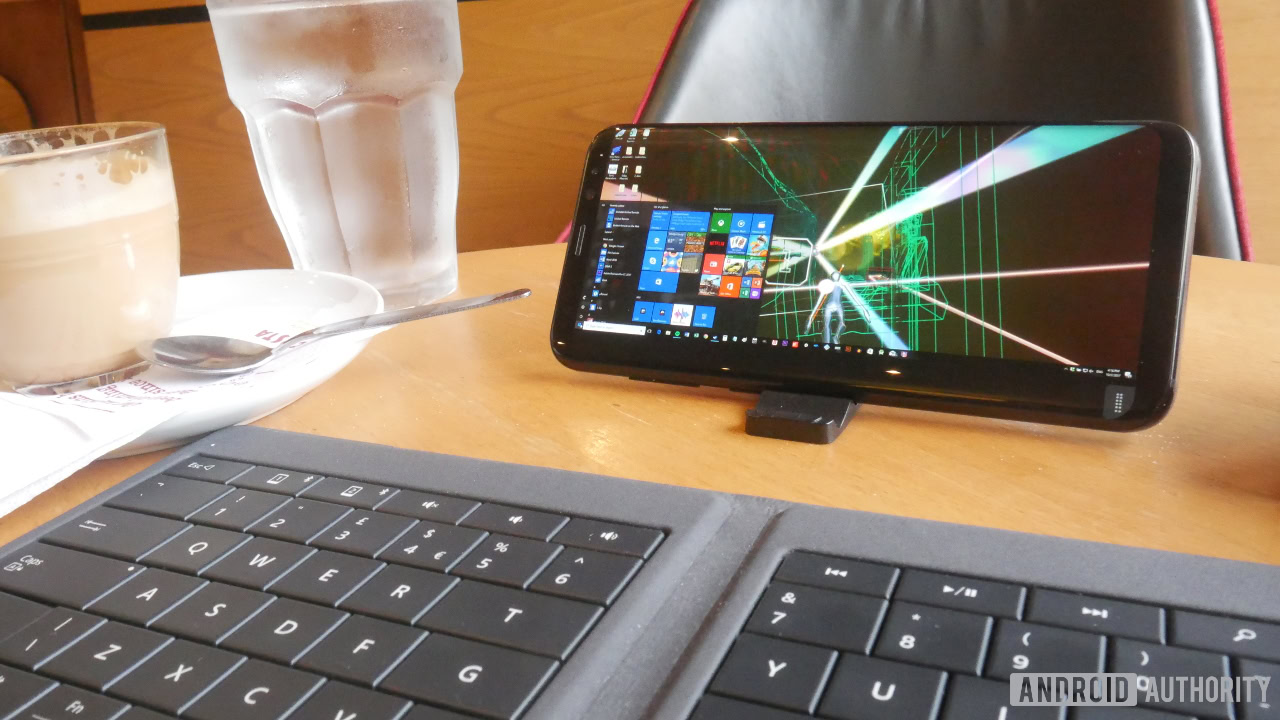
Either way, you should now be able to boot your computer from any network – whether that’s your workplace Wi-Fi or a 4G connection on the other side of the world.
Now you know how to use port forwarding and you can even set up it option in Remotr!
Those are just a few different ways you can control your PC with an Android device. There are many more apps, tricks and hacks out there though – these are just some of my favorites.
Let me know in the comments below if you’ll be trying any of this, or if there are any methods I missed out.